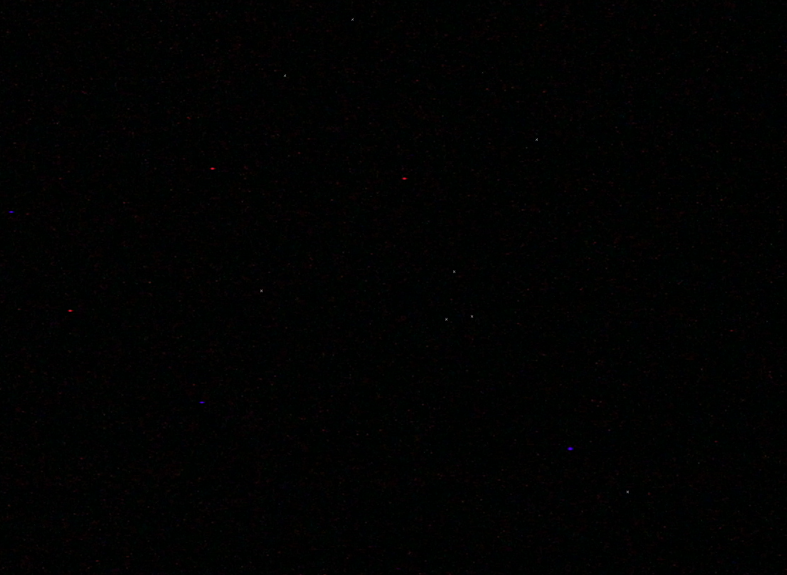I've got a Canon 1100D camera which is maybe getting on a bit at about 12 years old, but it's performed great up to now. I took it out recently though to do some long exposure night shots, and noticed a sea of stuck pixels that seems to have appeared from nowhere. Here's a zoomed in portion of a 30 sec ISO 3200 shot I took with the lens cover on that shows the problem. This is the same all across the sensor:
Looking back at some similar dark frames I did over a year ago, there are zero stuck pixels. Since then, the camera's mostly been in storage with the battery out, save for maybe 3 or 4 daytime sessions where I didn't notice the problem.
So is there a reason why a camera might suddenly pick up a load of stuck pixels like this even when it's barely being used? And is there anything I can do about it (I've tried running the built in sensor clean a few times and it does nothing). Or maybe it's time to finally get an upgrade.


